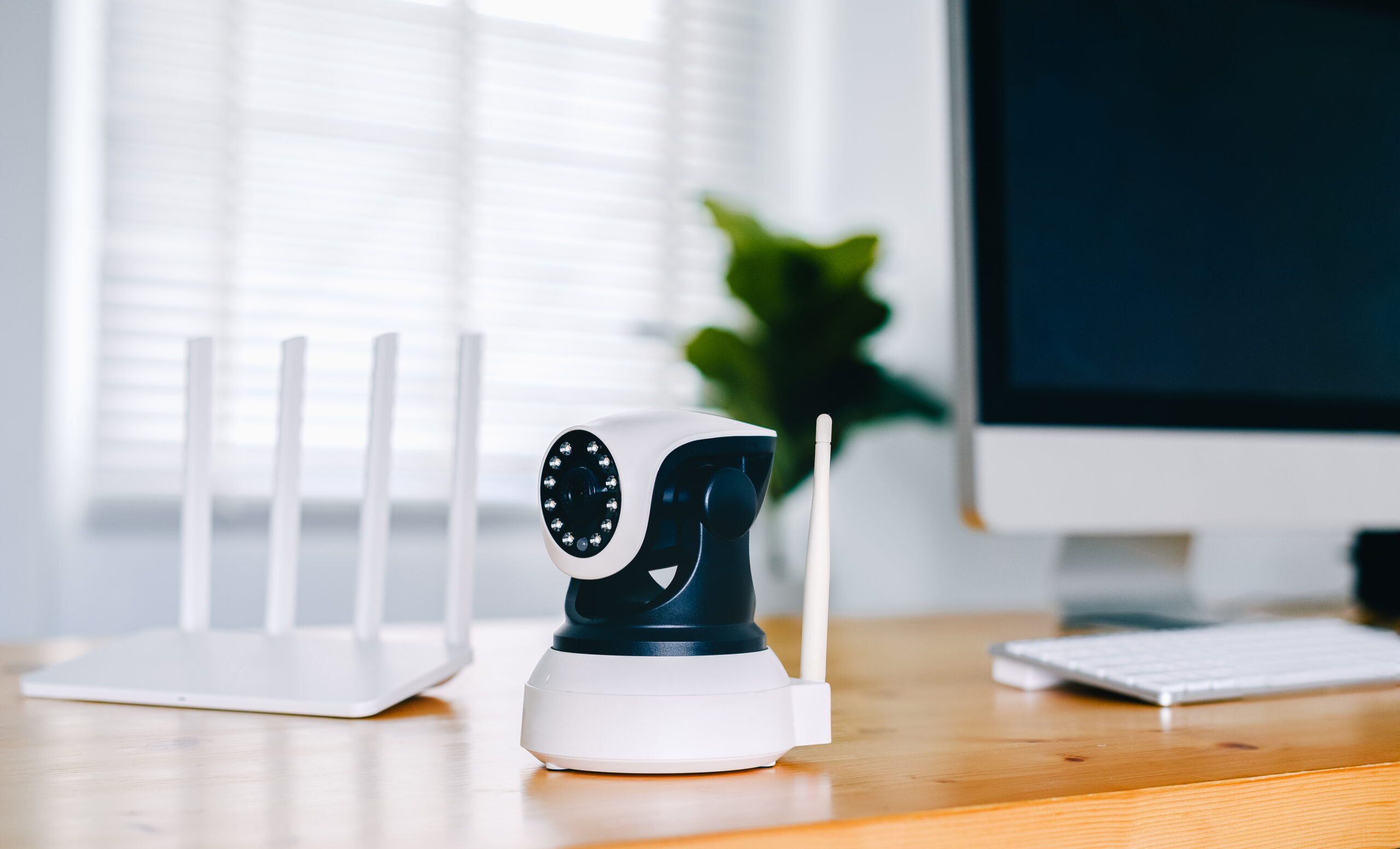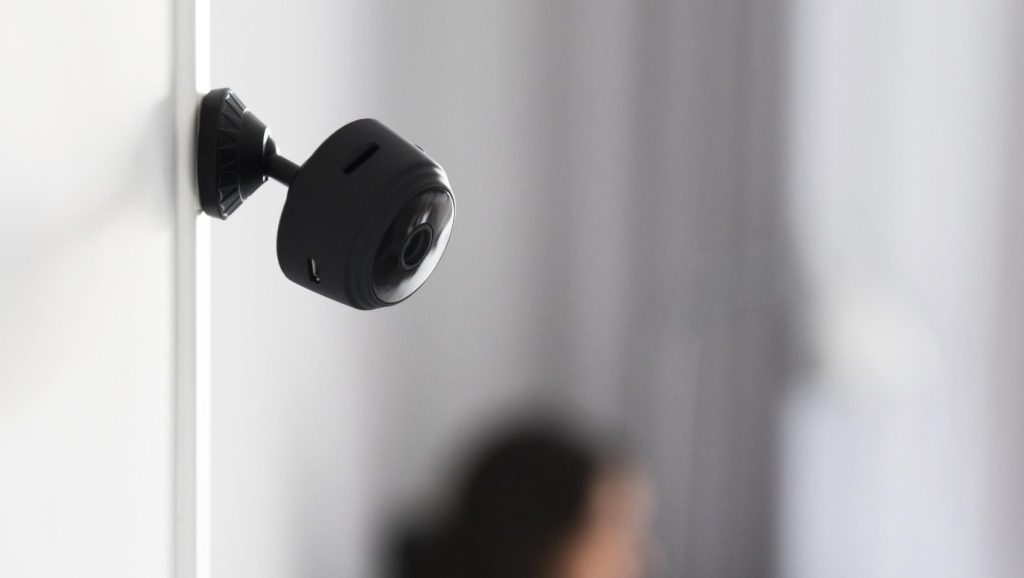Wireless Indoor Cameras for Safer, Smarter Living

Wireless indoor cameras are excellent for monitoring homes. With the wireless security camera market valued at around $5.02 billion in 2024, it’s clear these devices are becoming increasingly popular. [1]
They allow homeowners to easily keep an eye on their property, pets, and children from anywhere. Operating over Wi-Fi, these cameras can record great video footage, which plays a vital role in enhancing safety.
For anyone looking to improve their home’s security, exploring the features and benefits of these cameras is a smart move. Keep reading to discover how they can make home safety easier and more effective!
Key Takeaway
- Wireless indoor cameras connect to Wi-Fi for easy monitoring.
- They offer features like night vision and two-way audio.
- Choosing the right camera depends on your needs and budget.
What Are Wireless Indoor Cameras?
Wireless indoor cameras are helpful devices that make homes safer. They connect to the home’s Wi-Fi, letting users watch live video on their phones or computers.
One of the best things about these cameras is they don’t need wires, making them easy to set up and move around. Many people choose these cameras to stay informed about what’s happening at home.
Want to peek in to see if the kids got home from school? Or check if the dog is acting up? Wireless cameras make it simple to do this. They offer peace of mind by allowing homeowners to keep an eye on things, even when they’re away.
How Do Wireless Indoor Cameras Work?
Wireless indoor cameras link up with the home’s Wi-Fi network. This connection lets the cameras send video to a cloud service or save it to a computer. Some cameras run on batteries, while others need to be plugged into a wall outlet.
These indoor cam often have great features. Night vision helps users see in dark rooms. Many models can also detect motion. When something moves, the camera sends a notification, which is helpful for spotting unexpected visitors. Some cameras even have two-way audio, letting users chat with pets or family members through the camera. It’s a fun way to check in and stay connected!
Key Features of Wireless Indoor Cameras
When picking a wireless indoor camera, it’s good to know which features matter most. At Shielded Residence, we emphasize features like video quality, storage options, and smart home integration to ensure a seamless and secure experience for homeowners.
- Video Quality: The video resolution is very important. Most cameras offer different choices. For the best results, look for cameras that provide 4K video or clear 2K. High-quality video helps users see faces and details clearly.
- Storage Options: Users can choose between cloud storage or local storage. Cloud storage lets people access their footage from anywhere, but it usually requires a monthly fee. Local storage, like using a microSD card, can save money over time.
- Smart Home Integration: Some wireless indoor cameras connect with other smart home devices. For example, they might work with Amazon Alexa or Google Assistant. This feature allows users to control their cameras using voice commands, making everything more convenient.
Benefits of Wireless Indoor Cameras
Wireless indoor cameras have many benefits that make them a popular choice for home security:
- Easy Installation: Setting up these cameras is usually very simple. There are no messy wires, so installation is quick and easy.
- Remote Access: Users can check live footage on their phones from anywhere, at any time. This helps them stay connected and informed about what is happening at home.
- Enhanced Security: Many cameras have features like motion alerts and night vision. These features help keep homes safe from intruders and give users peace of mind.
Choosing the Right Wireless Indoor Camera
At Shielded Residence, we help simplify the process of choosing a wireless indoor camera by focusing on key factors like resolution, storage solutions, and smart device integration. By tailoring recommendations to your needs, we ensure your home remains secure and connected.
- Resolution: Higher resolution means clearer images. Look for cameras that offer at least 1080p HD quality for the best views.
- Storage Solutions: Think about whether cloud storage or local storage will work better for your needs and budget. Each option has its pros and cons.
- Smart Device Integration: Ensure the camera can easily connect to other smart home devices. This helps everything work well together. [2]
How to Install Wireless Indoor Cameras

Installing a wireless indoor camera is usually very simple. Most cameras come with easy instructions. Here’s a quick guide to set it up:
- Set Up the Camera: First, place the camera where it can see everything you want to monitor.
- Connect to Wi-Fi: Use a mobile app to connect the camera to your home’s Wi-Fi network. This step is important for viewing the camera’s feed.
- Access the Feed: Once everything is set up, users can watch live video on their phones or computers. It’s that easy!
What to Do If the Camera Loses Connection
Sometimes, cameras may lose their connection. If this happens, users can try these simple steps:
- Check the Wi-Fi signal to make sure it is strong enough.
- Restart both the camera and the router to refresh the connection.
- If it still doesn’t work, consult the camera’s manual or contact customer support for help.
Being ready for connection issues can help ensure the cameras work smoothly all the time.
FAQ
How do wireless indoor cameras handle low light conditions and night vision?
Most indoor cameras work well in low light conditions thanks to infrared night vision capabilities. Some models even include night owl features that can capture clear footage in near-total darkness, making them perfect for monitoring your living room or other spaces after dark.
What video quality should I look for in an indoor security camera?
Today’s cameras offer various resolution options, from 1080p HD to 2k video and even 4k video. For most homes, clear 2k resolution provides excellent detail for real time monitoring while keeping storage manageable. HD video is still perfectly suitable for basic monitoring needs.
What are the main differences between wired and wire free indoor cameras?
Wire free cameras offer flexible placement without electrical outlets, often running on cam battery power or solar panel support. However, wired cameras provide reliable power and don’t require battery changes. Some hybrid models give you both options for maximum flexibility.
How do modern indoor cameras handle motion detection and alerts?
Many cameras now feature onboard AI to reduce false alerts, sending notifications through a mobile app or web portal when they detect movement. You can typically view live view footage and saved video clips from anywhere, and some systems include smart alarm features.
What should I consider regarding camera placement and coverage?
To avoid blind spots, consider cameras with pan tilt capabilities that let you remotely adjust viewing angles. Strategic placement in areas like the front door, living room, and high-traffic zones ensures comprehensive coverage. Some users set up multiple cameras for better security.
How do these cameras handle video storage?
Storage options typically include cloud storage through various subscription services, local storage on a hard drive, or a sync module that manages multiple cameras. Most cameras store motion-triggered video clips for at least three hours, with paid plans offering extended storage time.
What features make a camera particularly good for pet monitoring?
Pet cam features often include two-way audio, motion tracking, and the ability to pan tilt to follow your pet’s movement. The best pet cameras offer clear video quality and a wide viewing angle to keep tabs on your furry friends throughout the day.
How do smart home integrations work with indoor cameras?
Many indoor cameras integrate with smart home systems, allowing you to view your camera feed through various connected devices. Some cameras can trigger other smart home devices based on motion detection or specific events.
What’s the difference between 2nd gen and 3rd gen indoor cameras?
Each new camera generation typically brings improvements in video quality and smart features. The 3rd gen models often include better onboard AI, improved night vision, and more reliable connectivity compared to cam 2nd gen versions. These newer models also tend to work more smoothly with modern smart home systems.
How do budget-friendly indoor cameras compare to premium models?
Low cost and budget pick options like the blink mini can still provide excellent monitoring capabilities. While they may lack some premium features, many budget cameras offer reliable 1080p HD recording and basic smart features that work well for most homes.
What should I know about cloud storage subscriptions for indoor cameras?
Services like nest aware and tapo care provide extended storage for video clips and additional features. While many cameras offer free indoor monitoring with limited storage, paid subscriptions typically provide longer video history and enhanced AI detection features.
How reliable are outdoor cameras when used indoors?
While cam outdoor models are built to withstand weather, bringing an outdoor cam inside can actually work quite well. However, dedicated indoor cam models are usually more cost-effective and may offer features specifically designed for indoor use, like more subtle designs and indoor-optimized motion detection.
What makes fi security cameras different from standard options?
Fi cameras and similar smart security options often include advanced monitoring capabilities through a dedicated mobile app. These fi camera systems typically integrate well with broader smart home setups and can include features like person recognition and customizable monitoring zones.
How do top picks compare across different price ranges?
When looking at top picks, consider the balance of features versus cost. While premium choices might offer 4k video and advanced AI, many top picks in the mid-range category provide excellent 2k camera quality and smart features that satisfy most users’ needs.
The Bottom Line
Wireless indoor cameras play a key role in home security, and at Shielded Residence, we’re dedicated to making home safety simple and effective. These cameras offer peace of mind by keeping you connected to what matters most. With a range of customizable options and expert guidance, we help homeowners choose the right solutions to ensure safety and comfort for their families.
References
- https://www.businesswire.com/news/home/20241111979977/en/Wireless-Security-Camera-Analysis-Report-2024-Cube-Bullet-PTZ-IP-and-Dome-Market-Size-Trends-Opportunities-and-Forecasts-2020-2024-2025-2030—ResearchAndMarkets.com
- https://www.nytimes.com/wirecutter/reviews/best-wi-fi-home-security-camera/